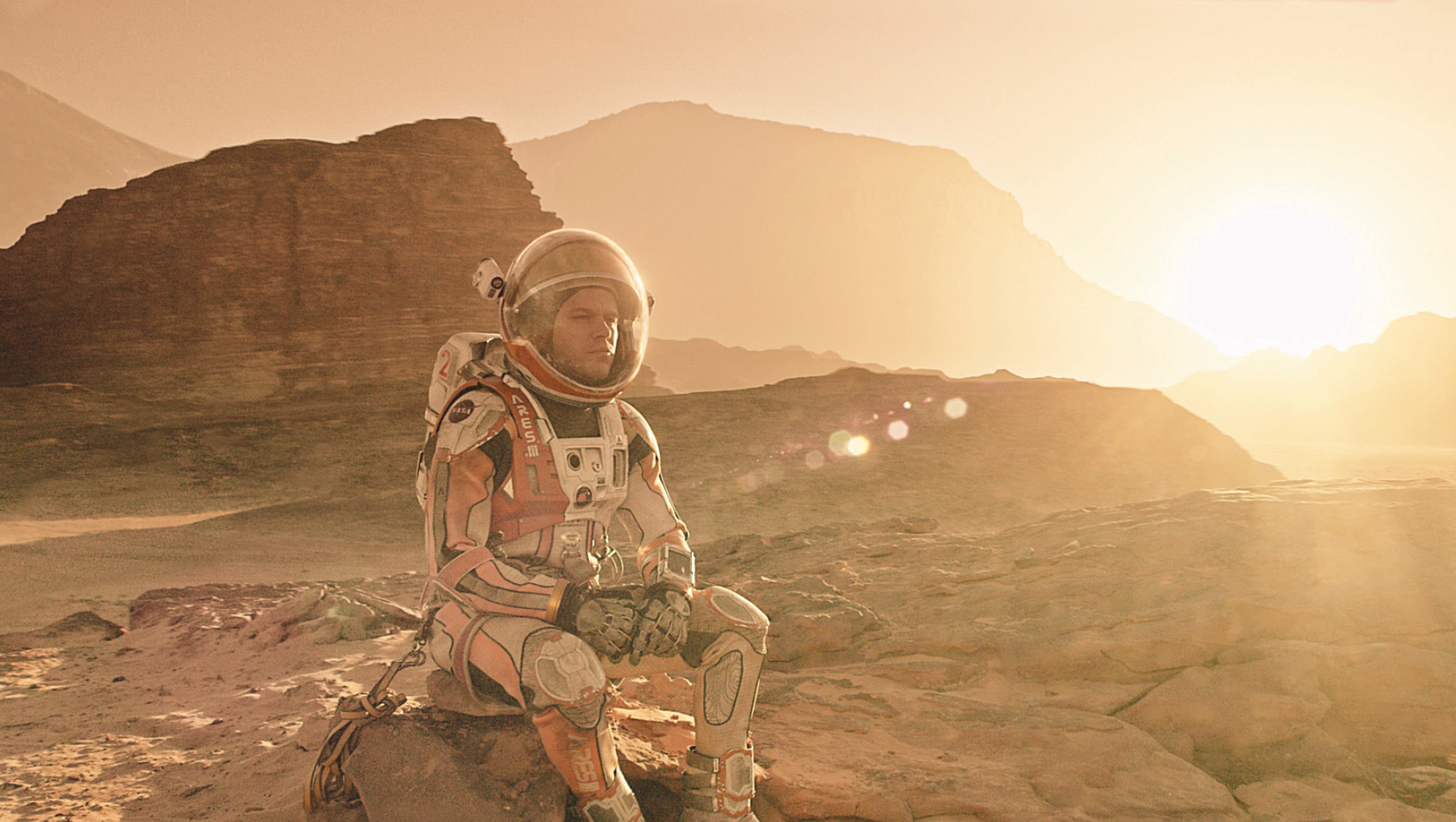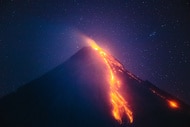Create a free profile to get unlimited access to exclusive videos, sweepstakes, and more!
The Martian is getting eerily real, because Earth crops can actually grow in lunar and Martian soil

Whoever is going to survive on the Moon and Mars is going to have to eat. There’s just one problem. Much like astronaut Mark Watney in The Martian, astronauts and eventual space colonists who leave terrestrial soil are going to need to grow that food in extraterrestrial soil.
Our species has now proven that plants from Earth can actually grow and even thrive in Martian and lunar regolith. After planting seeds in Mars and Moon soil simulants prepared by NASA, a research team at Wageningen University & Research in the Netherlands were able to cultivate 10 crops that don’t grow naturally anywhere outside of this planet. Not only that—most of the crops, with the exception of spinach (which you probably wouldn’t care about anyway) were edible.
“Food can and will be brought along, but for a permanent stay, production of crops on Mars or the Moon to supplement or even supply the food demand could be a necessity,” said the team in a study recently published in Open Agriculture.
Andy Weir obviously did his research with The Martian. As he was writing the novel behind the sci-fi movie that could soon be more science than fiction, the author went to every length to make sure the movie was as close as you could get to being scientifically accurate, minus a few things about the spacesuits.
The Wageningen research team might have not used astronaut poop to fertilize their plants (yet), but they did add nutrients to the two soil simulants by using organic matter. Think stems and leaf cuttings from the first harvest to give the second generation a sort of multivitamin. Will poop be needed as legit fertilizer on Mars? Probably. Other than that, the garden cress, arugula, tomato, radish, rye, quinoa, spinach, chives, peas, and leeks generally did very well in both the Moon and Mars regolith, though there were a few differences.
By the way, all plants were grown in a greenhouse like any other, in normal levels of Earth gravity and light, with no change in the atmosphere.
Biomass ended up being highest for the organic Earth soil control group. So was the capacity to hold water. Those two things were kind of expected, but many of the materials lunar and Martian regolith is made of are actually very similar to what we have here on Earth. Mars beats the Moon slightly here. While lunar soil has trace amounts of nitrogen and ammonium, Martian soil contains both plus a boost of carbon. The radish, rye, and cress were the best at germinating, a major plus on a planet too far away to get regular shipments from Earth.
The downside of both simulants was that they had a high pH, with that of the lunar soil being so high that it could get in the way of plant growth. Also expected.
This is just more evidence that science is getting so close to sci-fi, it’s scary.
(via Wageningen University)














